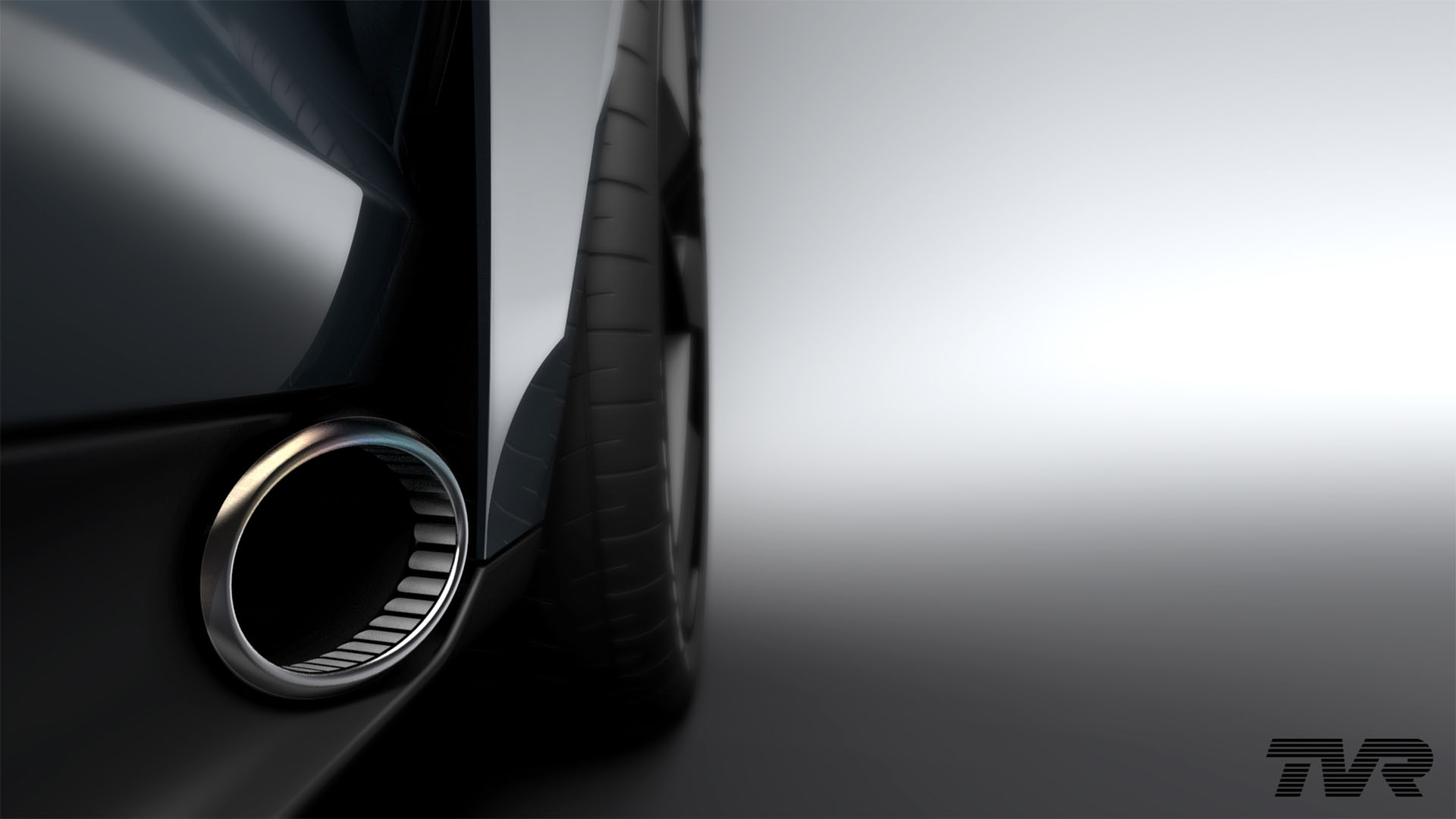

A new TVR is due to be revealed at the Goodwood Revival—a mere 2 months away—to much anticipation and fanfare. With a completely new company created to birth the new car (and hopefully many more in the future) it’s worth taking stock of what the previous incarnation of TVR built, and what it was like to actually own, drive and live with one.
TVR was around in one form or another from the ’50s but it was from the ’80s onwards under Peter Wheeler that the badge became synonymous with lairy, lightweight, powerful sports cars.
Colin Chapman’s famous philosophy was “simplify, then add lightness.” Peter Wheeler’s philosophy seemed to be “make pretty, make loud, make fast, add cheapness”. The result was a series of great looking fast cars built by raiding the Ford, GM, and Rover parts bins and throwing everything into fiberglass shells. This forced some pretty ingenious repurposing of components, like the Chimaera’s infamous Ford Fiesta tail lights.
The Chimaera was what I bought into TVR ownership with. It was from a period when TVR was really gaining momentum as a manufacturer of properly fast cars; they had ditched the old Ford Cologne V6 and instead utilized the iconic Rover V8 (or Buick V8, if you trace its lineage back far enough) in increasingly aggressive states of tune.
Mine was a Chimaera HC, meaning it came with a 4.0-liter V8 developing—apparently—275 BHP, and weighed about a ton. Performance was brisk to say the least but the driving experience was much more than that. It was loud, aggressive, and visceral. I remember driving a Ferrari 355 a few months later and feeling disappointed that it didn’t feel much, if any, faster.
I bought the TVR basically on a whim after getting an insurance quote as a joke. I was about to leave high school and had a job lined up so I got the biggest loan my bank would give me, lined up a bunch of Chimaera ads and bought the first car I saw.
This is the basis of all my car-guy legitimacy and credence, especially here in the UK where TVR’s are talked about in hushed tones as a “real man’s car.” Like the 911 was in the ’80s, TVR’s are seen as widow makers to be treated with kid gloves and much respect.
No traction control, no air bags, and I don’t even think mine had ABS. The rear tires were only 225 sections that would happily break loose at a moment’s notice, but it had great natural balance and the lack of mass made it easy and keen to change direction and correct any mistakes.

If the driving experience could be considered “exciting,” then the rest of the ownership experience could be considered “stressful.” The stereotype of electrical and build quality gremlins rang true with a constant string of annoying faults that would detract from (and often completely prohibit) the ability to drive the damn thing—annoying when it’s your daily. Compounding this was the fact it was such a Frankenstein, with various components creating an incomprehensible mishmash of parts required to rectify any of the many faults. My car’s previous owner was pretty clued up and as such gave me an entire library of different workshop manuals, including one for a classic Range Rover.
Not being a naturally gifted or enthusiastic mechanic, I relied on (and begrudgingly paid for) other people to fix it for me. Luckily and coincidentally I had one of the U.K.’s leading specialists based just 10 miles away who I’m pretty sure saw me as a charity case; providing me with plenty of favors, and, I’m sure, undercharging me a lot.
I sold it after less than a year at a significant loss thanks largely to the U.K. economy disappearing down a dark hole in 2008. I still miss it to this day.
As such, I can’t wait to see what the new TVR is like and whether it follows on from its lairy ancestors. I just hope they can actually build the thing so that:
A) it works
B) it’s possible to fix when it doesn’t.